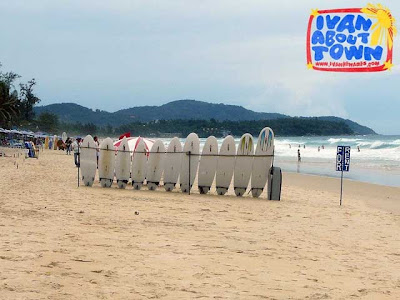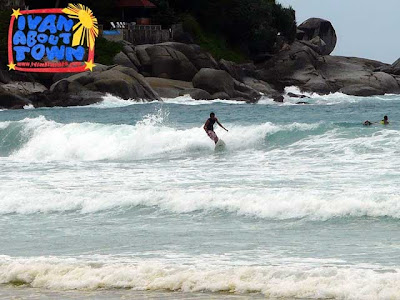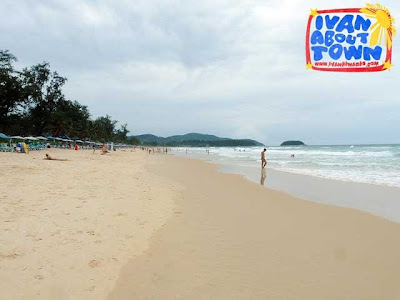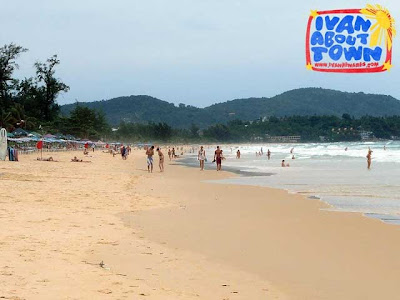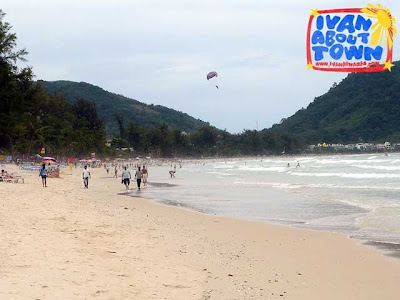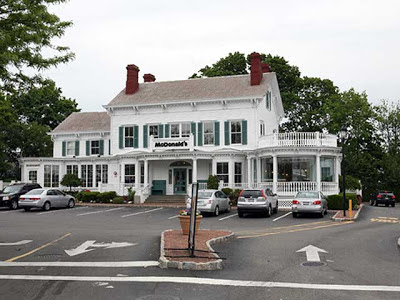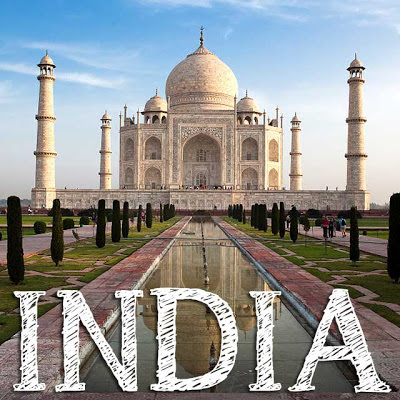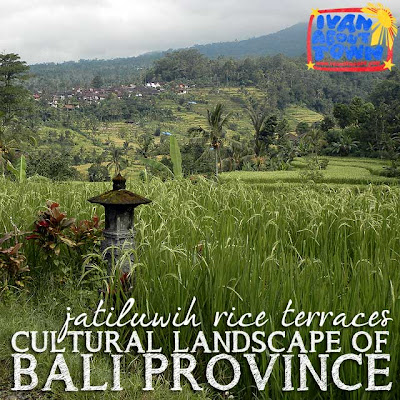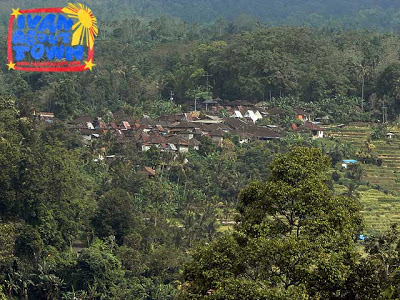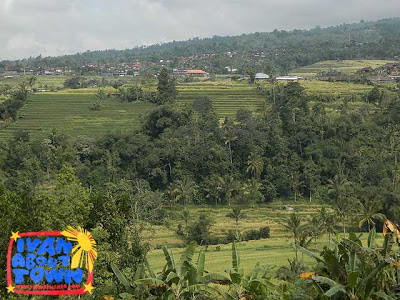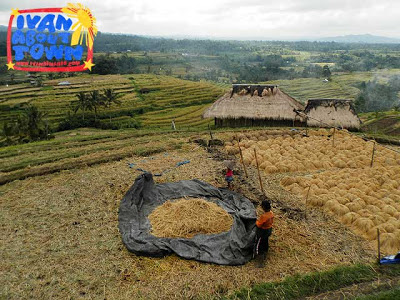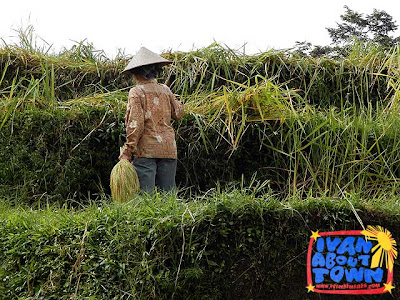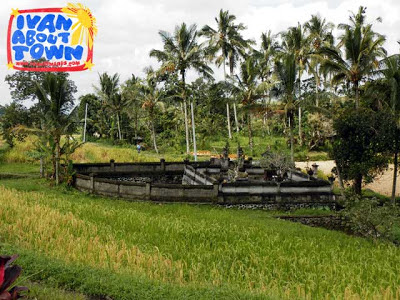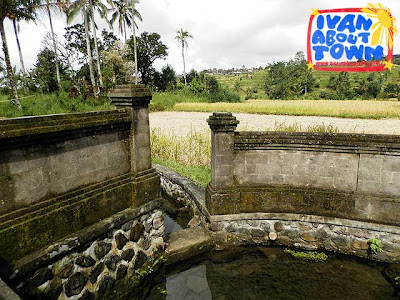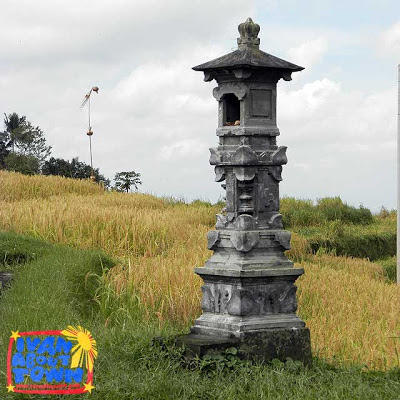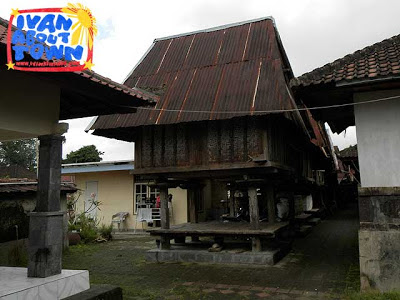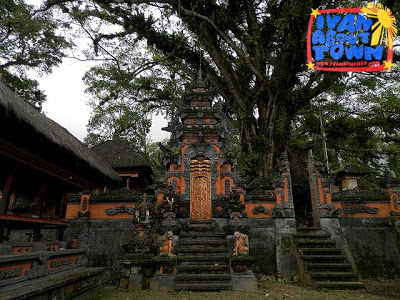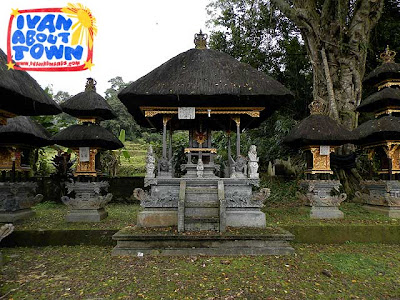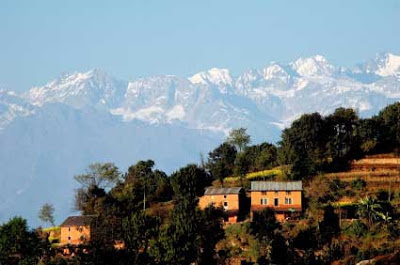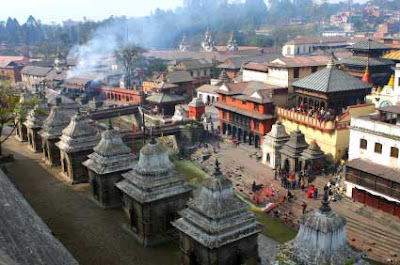One of the goals of the
Heritage Conservation Society is to convince real estate developers and heritage property owners that they need not demolish old buildings in order to create new developments that are economically-viable. In fact, incorporating built heritage enhances the character of new developments and has been proven, in many countries, to increase property values and returns on investment.
Adaptive reuse is a creative mode of conservation that gives heritage structures new and alternative functions other than the original ones that may no longer be required. Most often than not, built heritage resources are found on premium real estate property so developers are in a hurry to demolish rather than restore and recycle. Today, there is a growing awareness that adaptive reuse can enhance property value.
 |
| A stylized DNA double helix is the focus of the glass-covered central courtyard, the symbolic center of the new Museum of Natural History (Photo from National Museum) |
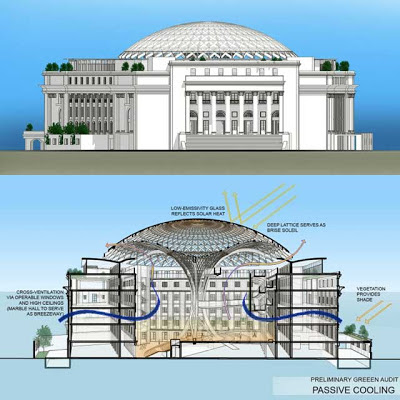 |
| (Above) The exteriors of the heritage DOT building are maintained, except for the addition of a glass dome covering the central courtyard; (Below) Shown by blue arrows, air circulation through the central coutryard passively cools the interior environment. Low-emissivity glass reflects solar heat as shown by yellow arrows (Photo from the National Museum) |
Examples of adaptive reuse in the country include the
Old Legislative Building and
Department of Finance, now the
National Art Gallery and the
Museum of the Filipino People, component museums of the
National Museum. The
Department of Tourism (former Department of Agriculture) will soon be transformed into the
Museum of Natural Sciences with Architect Dominic Galicia leading the team that will retrofit this old building to house the new museum.
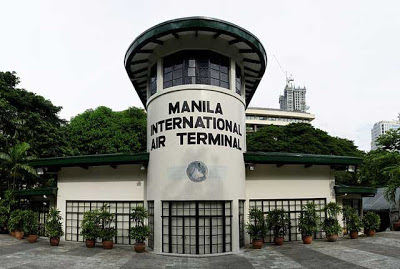 |
| Nielson Tower was the former Manila International Air Terminal. The first flight of Philippine Airlines took off from here (Photo from Wikipedia uploaded by user Christopher Rath) |
Another classic example is the
Nielson Tower (former Manila International Air Terminal) which used to house the Filipinas Heritage Library. Ayala definitely did a good job with this adaptive reuse since Nielson Tower was recognized by the
UNESCO Asia-Pacific Heritage Awards for Culture Heritage Conservation in 2001.
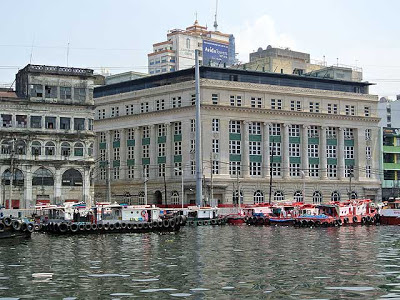 |
| Juan Luna E-Service Building (Photo from Augusto Villalon) |
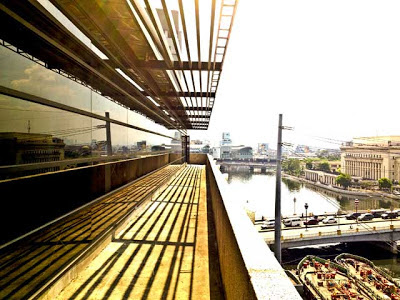 |
| A close-up of the additional floor of the Juan Luna E-Service Building (Photo from Augusto Villalon) |
The
Juan Luna E-Services Building (former First National City Bank) in Binondo, Manila is being retrofitted to host a future call center. The architect of this project is Augusto Villalon. Notice the additional floor discreetly and intelligently added to the structure. Much of Escolta is also being prepared for adaptive reuse. Who said heritage buildings can't be useful today?
In many countries, like Australia, demolition of heritage structures is considered wasteful. The
Department of the Environment and Heritage of Australia says, “Sustainable development has become a goal for all Australian governments seeking to balance the health of the environment with the health of the economy. The predominant vision of a sustainable built future is of state of the art buildings utilising energy efficient design and materials. In reality, this vision should consider the 200 years of European built heritage that stands in tandem with the green structures we rightly seek to create.
“The built environment provides a footnote to our histories, helping to identify our places as Australian, rather than generically ‘modern’ or ‘contemporary’. Historic buildings give us a glimpse of our past and lend character to our communities as well as serving practical purposes now.
“In the pursuit of sustainable development, communities have much to gain from adaptively reusing historic buildings.
“Bypassing the wasteful process of demolition and reconstruction alone sells the environmental benefits of adaptive reuse. Environmental benefits, combined with energy savings and the social advantage of recycling a valued heritage place make adaptive reuse of historic buildings an essential component of sustainable development.”
Download a copy of the publication
Adaptive Reuse: Preserving our past, building our future for more information and inspiration.
Another Australian publication featuring adaptive reuse comes from the
State Heritage Office of the Government of Western Australia. You can download a copy of
Heritage in Action: Adaptive Reuse for even more intelligent examples.
 |
| Pratt Street Power Planet (Photo from Wikipedia uploaded by user Andrew Horne) |
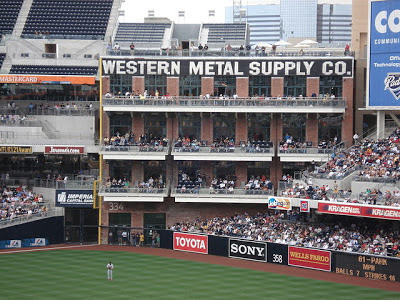 |
| Western Metal Supply Company (Photo from Wikipedia uploaded by user UCinternational) |
The
Pratt Street Power Plant in Baltimore, Maryland, United States, was converted into retail, restaurants, and offices. I've personally seen this and I've seen how it's been an important public space of the city. The
Western Metal Building was not demolished to build
Petco Park, the home field of the San Diego Padres. See how it was tastefully incorporated with the new complex.
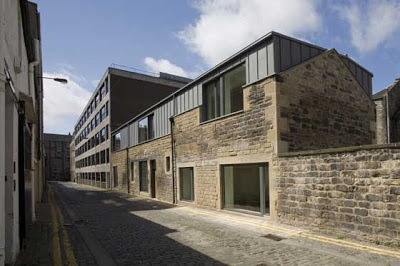 |
| Young Street Lane Offices by Malcolm Fraser Architects is located in a mews street in Edinburgh’s original New Town (Photo by David Cemry) |
Then there are the
entries to the inaugural WAN Adaptive Re-use Award 2012. The winner was the
Music School Louviers in Normandy, France. Inhabitat.com also has an
index of articles featuring examples of adaptive reuse. Alyn Griffiths shares even more examples in an Architonic.com article
Help the Aged: innovative adaptive reuse in architecture.
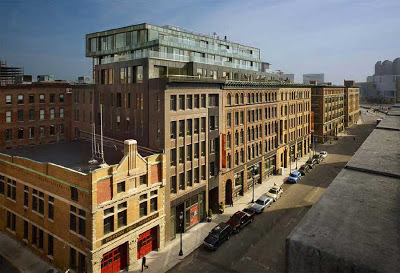 |
| Fort Point Loft Condominiums, a 140,000 square foot project, encompasses the adaptive reuse of two historic structures, the construction of a new building on an adjacent lot, and a three-story rooftop addition above all three structures (Photo from AIA) |
I personally like the
Fort Point Loft Condominiums in Boston, Massachusetts which was among the winners of the American Institute of Architects (AIA)
2009 Housing Awards. The three floors that were added was set back so you don't see them at street level. Plus the new building they constructed followed the scale and proportions of the two older buildings. Another AIA honoree is the
Ford Assembly Plant which was among the recipients of the
2011 Institute Honor Awards.
Now who said you have to demolish a heritage building for McDonald's. Check out the
McDonald's in New Hyde Park, which is arguably, the most beautiful McDonald's store in the United States. In fact, in many places that I visited, especially in Europe and South America, McDonald's stores can be found in heritage buildings. Now why the hell can't we do it in the Philippines?
In Ontario, Canada,
Does Adaptive Reuse Pay? A Study of the Business of Building Renovation in Ontario, Canada was written by Robert Shipley, Steve Utz and Michael Parsons. They note, “Older buildings are important aesthetic, cultural and economic resources but in many jurisdictions hundreds of historic buildings have been demolished because developers and bankers argued that the cost of adapting them for new uses is too high. Still, a growing number of reputable developers are completing exciting projects featuring innovative building renovation.” The writers add, “In Ontario, Canada, there exists a group of dynamic and creative investors with a passion for older buildings. Some reuse projects are more costly than new building but not all and the return on investment for heritage development is almost always higher. This has important implications in Ontario where recent legislative changes have finally given local councils the authority to prevent the demolition of listed buildings, but the lessons for other jurisdictions are also important.”
 |
| Tutuban Centermall (Photo from Wikipedia uploaded by user Spatrol) |
 |
| RCBC Silay City |
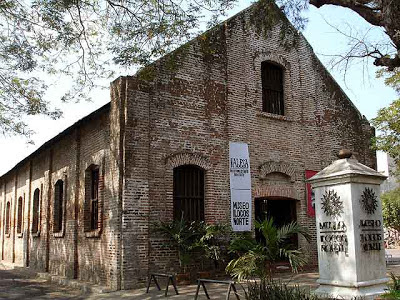 |
| Museo Ilocos Norte |
There are so many other good examples from the Philippines, such as the
Tutuban Centermall (former Tutuban Railway Station),
RCBC Silay City which is housed in the former Golez Mansion, and the
Museo Ilocos Norte in what originally was a Tabacalera warehouse (by Architect Jojo Mata). The list continues to grow. And it is important that owners, architects and developers in the Philippines to embrace this concept of adaptive reuse if we are to make our country and its cities outstanding places with character and identity. This much we owe to our nation.
Heritage Conservation Summit 2013: Heritage and Real Estate Development
Heritage advocates, property owners, real estate and mall developers, cultural workers and government agencies will gather on November 9, 2013 for the Heritage Conservation Summit 2013. This year's theme is Heritage and Real Estate Development where discussions will revolve on how built heritage can enhance real estate and mall developments. Mark your calendars! Venue to be announced next month.


